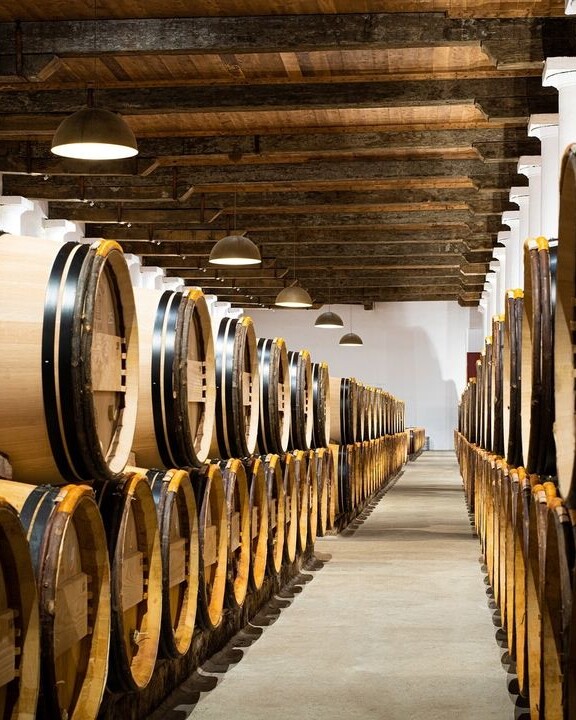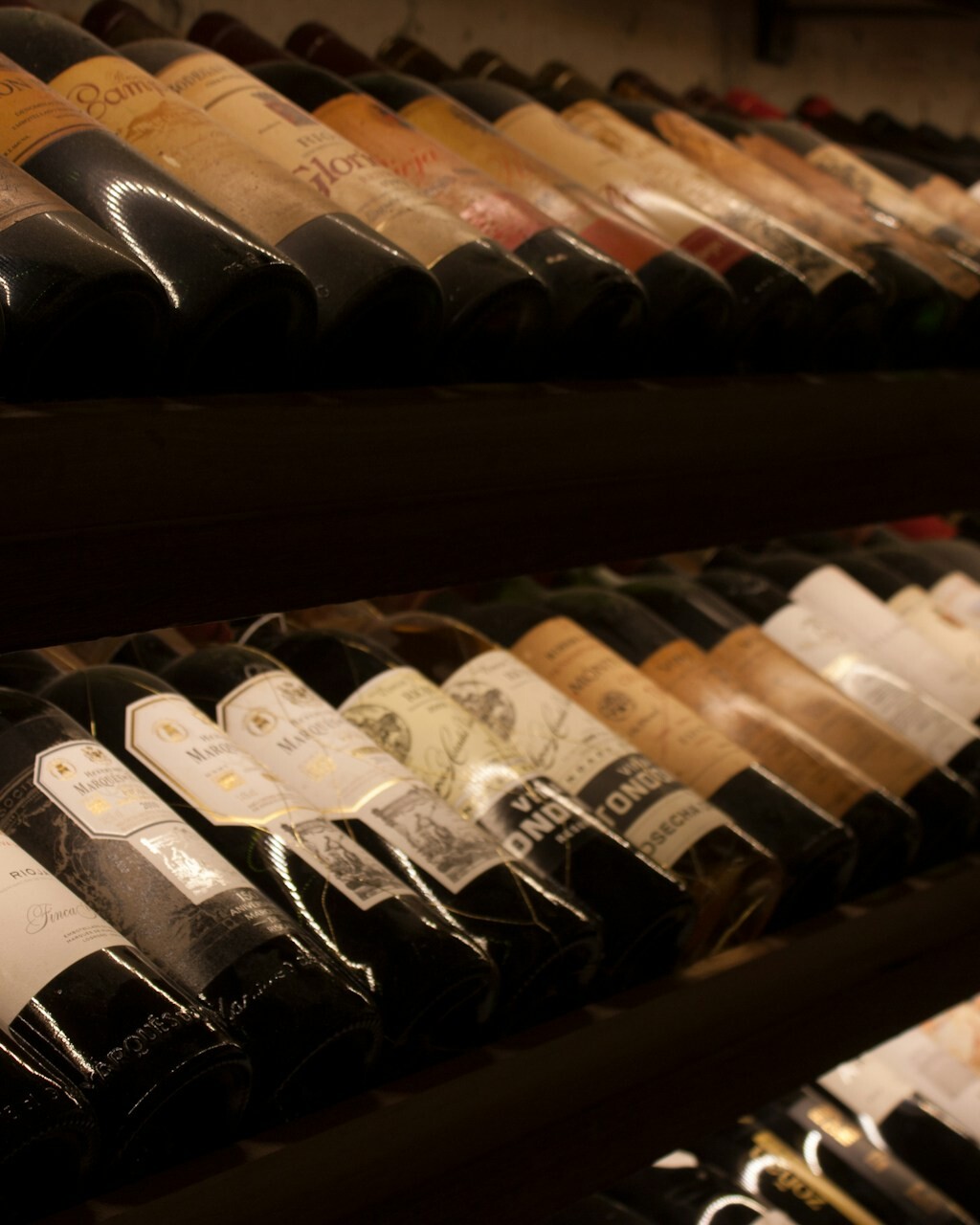Ever opened a bottle of wine and thought, “Why are wine bottles 750ml?” It’s one of those things that seems random until you realise the story behind it involves breath control, ancient barrels, and some light metric chaos. This isn’t just trivia – it’s proof that tradition, trade, and a bit of glassblowing fatigue can shape the way we drink.

Why Are Wine Bottles 750ml? Blame the Glassblowers
Back in the 18th century, wine bottles were made by hand – specifically by blowing molten glass into shape. And the average glassblower’s lung capacity was around 700–800ml per puff. That meant anything much bigger than that was physically difficult (and probably faint-inducing).
So the bottle size wasn’t designed for consumers – it was designed for practicality. 750ml was just what a decent set of lungs could manage without passing out. That’s it. That’s the reason. You’re welcome.
Then the British Got Involved
The British were importing French wine by the barrel – usually 225 litres (the classic Bordeaux barrique). And since 225 litres divides neatly into 300 bottles of 750ml, it just… worked. Maths met logistics. Shippers could fit twelve bottles in a wooden case. That’s one imperial dozen – tidy for tax records, shipping, and sales.
(You can read more about barrel sizes and wine maths here.)
The Americans Tried to Standardise It
Fast forward to the 1970s, and the US starts pressuring wine producers to adopt metric measurements. They wanted consistency. Instead of creating new sizes, the industry shrugged and agreed that the glass already in use – 750ml – would just become the new global “standard bottle.”
So now we all use 750ml bottles, even though the reason is completely arbitrary. It’s not because it’s the perfect amount. It’s because it was already there.
Other Wine Bottle Sizes (and Their Names Are Unhinged)
Once the 750ml standard settled in, everything else scaled around it: magnums, double magnums, and those wildly impractical Nebuchadnezzars I wrote about here.
- 375ml – half bottle
- 1.5L – magnum (2 bottles)
- 3L – double magnum or Jeroboam
- 6L+ – things get biblical: Methuselah, Salmanazar, Balthazar, Nebuchadnezzar
- 187ml – that sad plane bottle you drink during a delay
Yes, the wine world just casually named bottle sizes after kings from the Old Testament. Because, you know, why not.
So Why Are Wine Bottles 750ml Today?
Because habits are hard to break. And because no one wants to be the first wine producer to explain to Tesco customers why their bottles are now 800ml “for efficiency.”
750ml has become emotional. It’s the default. A unit of celebration. A midweek pour. A familiar ritual. We know how long it lasts. We know how many glasses we’ll get out of it. It’s oddly comforting.
So the next time someone asks, “Why are wine bottles 750ml?” you can confidently explain it’s part lung power, part shipping logic, and part cultural inertia. It’s not the perfect size – just the one that stuck.




